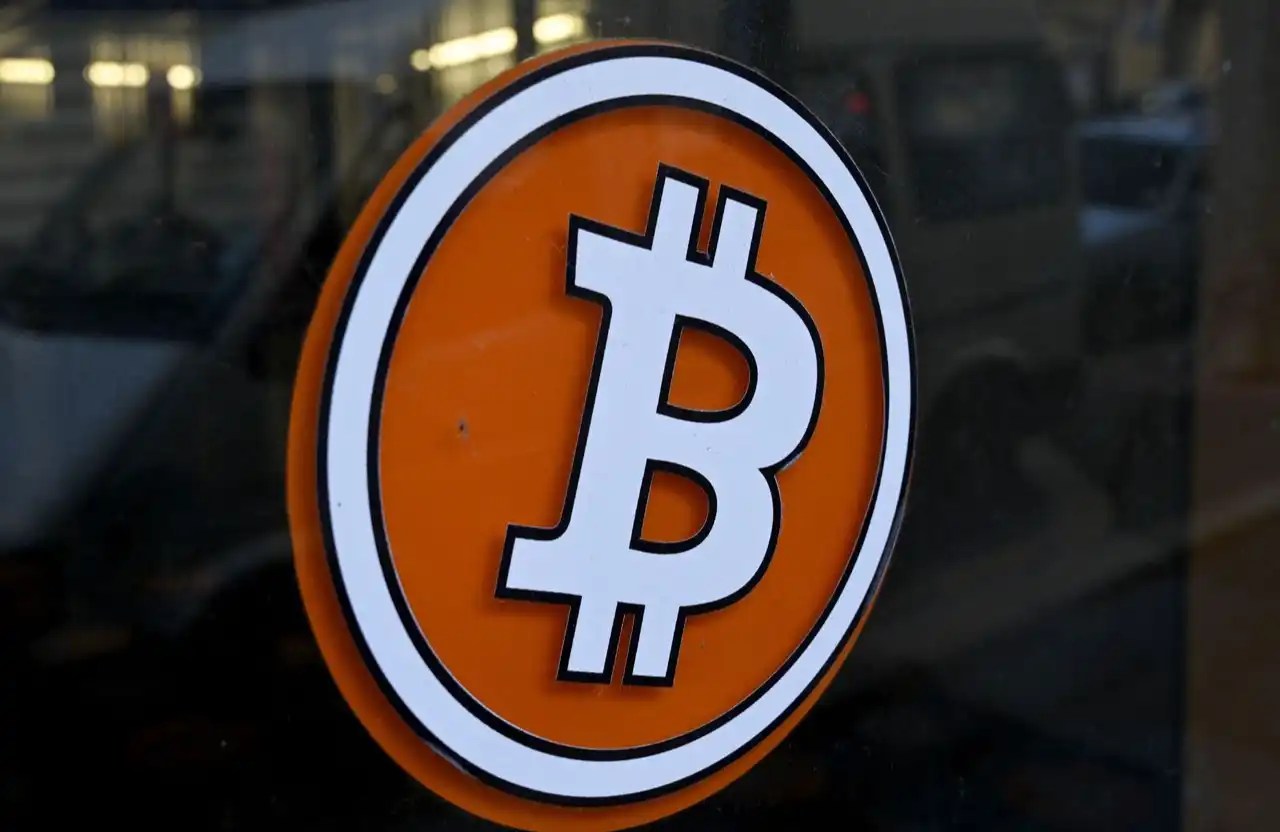Ethereum's $5,000 Breakout and the Rise of Layer 2 Meme Coins: A Perfect Storm for 2025
- Ethereum's 2025 institutional adoption hits $4B ETF inflows, surpassing Bitcoin outflows. - Layer Brett (LBRETT) outperforms legacy tokens with 55,000% APY staking and $0.0001 fees on Ethereum L2. - Regulatory clarity and $67B stablecoin dominance position Ethereum as 2025's institutional backbone. - Strategic partnerships with Kakao Chat and Coinbase DEX drive LBRETT's retail adoption and token value.
The cryptocurrency market in 2025 is witnessing a seismic shift. Ethereum , the second-largest digital asset, is not just trading near $5,000—it's defining a new era of institutional adoption and technological innovation. Meanwhile, a new breed of high-utility Layer 2 meme coins, led by Layer Brett (LBRETT), is leveraging Ethereum's infrastructure to outperform traditional assets and legacy meme tokens. This is not a speculative frenzy—it's a calculated, data-driven storm of capital flows, regulatory clarity, and scalable innovation.
The Institutional Inflow: Ethereum's $5,000 Catalyst
Ethereum's institutional adoption in 2025 has reached a tipping point. By Q2, the network captured $4 billion in ETF inflows, with BlackRock's ETHA fund alone securing 58% of that capital. This dwarfs Bitcoin's struggles, which faced $1.15 billion in outflows during the same period. The U.S. SEC's July 2025 approval of in-kind redemptions for Ethereum ETFs normalized ETH as a reserve asset for corporate treasuries and sovereign wealth funds.
Technologically, Ethereum's Dencun upgrade and EIP-4844 slashed Layer 2 (L2) transaction costs by 90%, propelling Ethereum's TVL in L2 platforms to $45 billion by mid-2025. Staking yields of 4.8% and a deflationary supply model (with 4.5 million ETH burned since 2021) have created a flywheel of capital efficiency. By Q3, 29% of Ethereum's supply was staked or held via ETFs, and corporate treasuries are projected to control 10% of circulating supply by year-end.
The ETH/BTC ratio surged to 0.037 in August 2025—a 2025 high—indicating a structural reallocation of capital from Bitcoin to Ethereum. Daily active addresses on Ethereum increased by 127% in H1 2025, and the network's transaction volume averaged 1.16 million daily. With a market cap of $224 billion and institutional AUM in digital assets hitting $235 billion by mid-2025, Ethereum is no longer a speculative play—it's the backbone of a maturing ecosystem.
The Layer 2 Meme Coin Revolution: Why LBRETT Outperforms
While Ethereum's institutional narrative is compelling, its Layer 2 innovations are fueling a parallel revolution in meme coins. Layer Brett (LBRETT) is the poster child of this movement. Built on Ethereum's L2 infrastructure, LBRETT processes 10,000 transactions per second at $0.0001 fees, far outpacing legacy Layer 1 chains like Bitcoin and even Solana .
What sets LBRETT apart? Utility. Unlike Pepe Coin (PEPE) or Shiba Inu (SHIB), which rely on virality alone, LBRETT integrates deflationary mechanics (10% of every transaction is burned) and 55,000% APY staking rewards. These rewards create a flywheel effect: stakers lock tokens, reducing supply, while compounding yields drive demand. A $100 investment in LBRETT could grow into millions by late 2025, according to analysts.
The Perfect Storm: Ethereum's Ecosystem and Regulatory Tailwinds
Ethereum's dominance in stablecoin infrastructure and real-world asset (RWA) tokenization further cements its role as the 2025 bull market leader. The network hosts $67 billion in USDT and $35 billion in USDC, making it the primary settlement layer for digital dollar transactions. Its 50% share of the RWA market—including tokenized real estate, treasuries, and commodities—positions it as a gateway for institutional capital.
Regulatory clarity is another tailwind. The U.S. CLARITY Act, which reclassified Ethereum as a commodity, has opened the door for broader adoption. Meanwhile, the SEC's 2025 XRP ruling has created a favorable environment for Ethereum-based projects like LBRETT, reducing legal risks compared to unregulated Solana-based meme coins.
Investment Thesis: Balancing Ethereum and Layer 2 Meme Coins
For investors, the key is to balance exposure. Allocate 60–70% to Ethereum-based ETFs (e.g., ETHA) to capitalize on institutional inflows and staking yields. Then, allocate 20–30% to high-utility Layer 2 meme coins like LBRETT, which offer explosive growth potential. A 5–10% allocation to high-risk Solana-based projects can add diversification.
The risks? Meme coins are volatile, and regulatory shifts could disrupt the market. However, LBRETT's DAO governance model, sustainable staking partnerships, and Ethereum L2 integration mitigate these risks. With staking APYs decreasing as the project matures, now is the time to act.
Conclusion: The Altseason of 2025
Ethereum's $5,000 breakout is not a fluke—it's the result of structural institutional adoption, technological leadership, and regulatory progress. Meanwhile, Layer 2 meme coins like LBRETT are redefining the narrative of meme assets, combining virality with utility and scalability.
For investors seeking to outperform in 2025, the playbook is clear: go long on Ethereum's institutional flywheel and allocate to high-utility Layer 2 tokens. The perfect storm is here—and those who act now will ride the wave to unprecedented returns.
Disclaimer: The content of this article solely reflects the author's opinion and does not represent the platform in any capacity. This article is not intended to serve as a reference for making investment decisions.
You may also like
From "whoever pays gets it" to "only the right people get it": The next generation of Launchpads needs a reshuffle
The next-generation Launchpad may help address the issue of community activation in the cryptocurrency sector, a problem that airdrops have consistently failed to solve.

After bitcoin returns to $90,000, is Christmas or a Christmas crash coming next?
This Thanksgiving, we are grateful for bitcoin returning to $90,000.

Bitcoin security reaches a historic high, but miner revenue drops to a historic low. Where will mining companies find new sources of income?
The current paradox of the Bitcoin network is particularly striking: while the protocol layer has never been more secure due to high hash power, the underlying mining industry is facing pressure from capital liquidation and consolidation.
